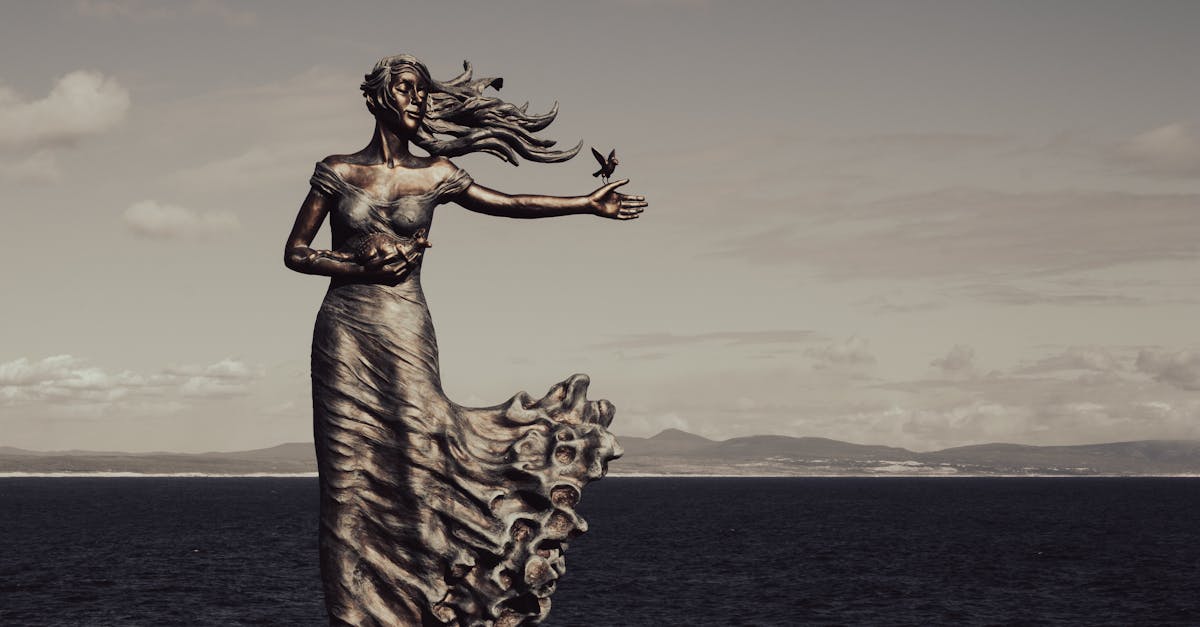Physical Address
304 North Cardinal St.
Dorchester Center, MA 02124
Physical Address
304 North Cardinal St.
Dorchester Center, MA 02124


New York, November 21, 2025 – In a significant policy shift, the U.S. Coast Guard announced today that it will reclassify swastikas and nooses as hate symbols. This reversal has immediately reignited contentious discussions across the nation, as these symbols have been at the center of numerous hate-related incidents. Captain Jane Henderson, a spokesperson for the Coast Guard, stated, “In recognizing the evolving symbolic threats in our society, we must adapt our understanding to include those that have historically propagated fear and division.”
Earlier today, the U.S. Coast Guard publicly announced an amendment to its policy on the classification of hate symbols, particularly focusing on swastikas and nooses. Originally removed from the hate symbols list due to a controversial internal review citing historical context issues, these symbols are now reinstated due to mounting pressure from civil rights organizations and recent high-profile incidents.
The policy change was driven by an increase in reports of these symbols being displayed in Coast Guard installations and public spaces since their initial declassification. Following extensive consultations with historians, sociologists, and legal experts, the Coast Guard Commandant, Admiral Robert Hastings, emphasized the need for the organization to mirror societal values and uphold public safety by recognizing the deep-seated historical trauma these symbols evoke.
This decision marks a clear stance against elements that threaten the inclusive and cohesive values of American society. As such, the Coast Guard will implement a zero-tolerance policy towards personal or public displays of these symbols within all its installations.
The reclassification of swastikas and nooses as hate symbols is not just a symbolic gesture; it carries significant socio-cultural weight. These symbols have often been appropriated by extremist groups, serving as rallying points for ideologies rooted in racism and hatred.
By acknowledging these as symbols of hate, the Coast Guard aligns itself with broader societal movements aiming to curb systemic racism and discrimination. This cultural shift reflects an ongoing struggle in the U.S. to confront and dismantle historical symbols that perpetuate inequality and division.
The implications of such a policy change are extensive. It not only affects service members but also influences public education campaigns and the training protocols within the armed forces. Additionally, this decision could impact legislative actions, encouraging other branches of the military and public bodies to reassess their policies on hate symbols.
The Coast Guard’s decision has sparked extensive discussion across social media platforms such as Twitter and Reddit. Opinions are divided, reflecting the ongoing national dialogue about free speech and hate speech.
On Twitter, user @JusticeWarrior2025 wrote, “Finally! The Coast Guard sets a precedent. Hate has no place in our military or society. #NoMoreHateSymbols.” Meanwhile, another user, @FreedomFirst, argued, “This is a dangerous precedent. Where does censorship end? We must safeguard free speech, even when it’s uncomfortable.#SymbolOrSpeech.”
Over on Reddit, the r/CoastGuard subreddit saw a thread with hundreds of comments discussing the implications of the policy reversal. User HistoricNavigator expressed, “This step reaffirms our commitment to maintaining an environment of respect and dignity for all service members.” Conversely, user FreeThoughts opined, “This move feels more symbolic than practical. Real change requires systemic action, not superficial bans.”
Experts are weighing in on the Coast Guard’s policy reversal, highlighting the broader implications for civil liberties and societal norms. Dr. Eliza Greene, a sociologist focusing on racial dynamics, noted, “The recognition of swastikas and nooses as hate symbols underscores a wider societal acknowledgement of the historical and ongoing trauma associated with these symbols. It’s a critical step for governmental institutions to align with community values, especially amidst rising awareness of systemic injustices.”
Legal experts, however, are cautious. Professor Mark Hollander of Georgetown Law, pointed out potential legal challenges: “While the reclassification is a positive step toward inclusivity, it must be carefully balanced against First Amendment rights. The legal system frequently grapples with the fine line between hate speech and free speech, and this policy could be tested in courts.”
Military analysts also discuss the practical impact on the Coast Guard’s operations. Retired Admiral James Sawyer suggested, “In redefining these symbols officially, the Coast Guard sends a powerful message within its ranks and to the public. It serves as preventive action against hate group affiliations within the service, ensuring tighter unit cohesion and operational effectiveness.”
The decision by the Coast Guard may pressure other branches of the U.S. military and related government agencies to reevaluate their own stances on hate symbols. This could lead to a domino effect, prompting a broader policy shift.
Civil rights activists are using this opportunity to push for wider legislative measures, aiming to eliminate hate symbols in public spaces across the United States. Simultaneously, educational institutions are being encouraged to integrate discussions about the historical significance of these symbols into their curricula, fostering a more informed and inclusive younger generation.
Admiral Hastings has scheduled further discussions with military and civil leaders, indicating a commitment to continually assess and adapt the Coast Guard’s policies to reflect societal values.
The Coast Guard’s policy reversal on classifying swastikas and nooses as hate symbols demonstrates a significant acknowledgment of their harmful impact in today’s society. This decision is a step towards fostering a more inclusive and respectful environment within the military and beyond.
As the nation grapples with balancing free expression and the fight against hate, the implications of this policy will continue to unfold. The Coast Guard has set a precedent that could inspire broader societal and legislative changes aimed at tackling the residue of historical injustices reflected in these symbols. Only time will tell if other institutions will follow suit, enforcing policies that reflect a commitment to equality and respect for all.